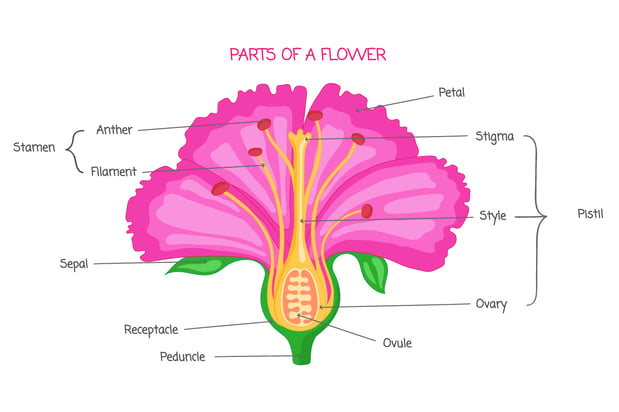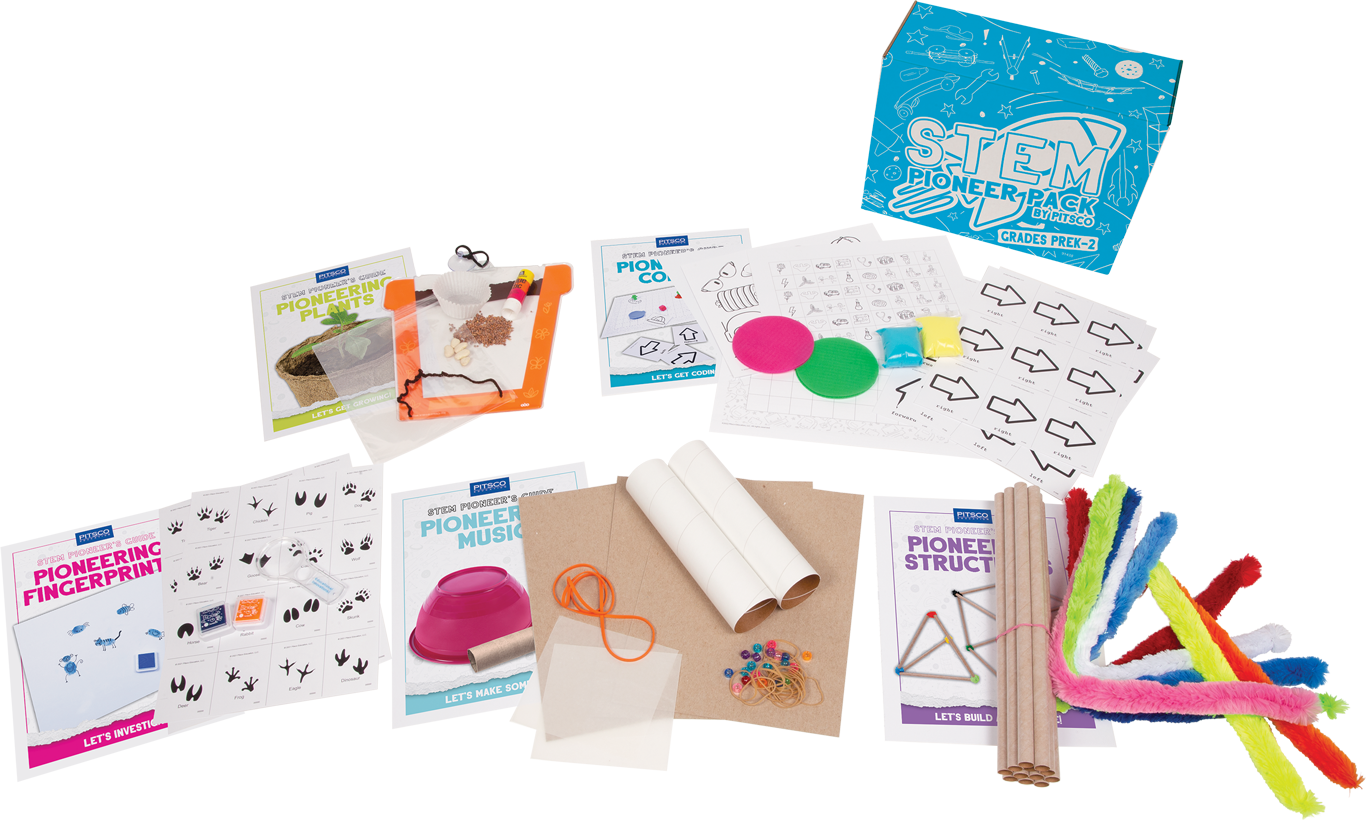Updated 6/6/24
A couple of my bucket list items are to walk among the tulips blooming in Amsterdam, to picnic under cherry blossoms in Japan, and to see the brilliantly colored bougainvillea and jacaranda blooms all over Madeira, Portugal. What do all these things have in common? Flowers!
Unfortunately, it‘s not easy to just pick up and go see flowers in their own habitat around the world. Instead, why not plant a flower or two on your own? March 12 is National Plant a Flower Day, which gives you the perfect excuse to get out your spade, topsoil, and thinking cap.
There is so much information to know about plants and their flowers that it would be impossible to capture all of it in one article! So, for Plant a Flower Day this year, I recommend starting your celebration in one of two ways:
- Do some research.
- Jump in and plant a flower!
Dig Up Discussion Topics
There’s almost an infinite number of places to begin researching flowers and plants. Out of the 400,000+ types of flowers from all over the world, you and your students could start with one specific flower to research together, or each learner could pick their favorite. You could also learn about flower biology in general, such as:
- Flower parts, from petal to root.
- The differences between annuals, biennials, and perennials.
- Why different flowers are different colors, and why they look the way they look.
- How flowers reproduce and grow.
- The difference between bulbs and seeds.
Knowing your plant’s needs comes in handy when you’re trying to nurture a new plant, especially if you and your learners decide to dig in and plant some yourselves! You could research what flowers need to stay healthy and thriving:
- Light
- Water
- Soil type
- Temperature
- Amount of humidity
- Climate
- Pot size and/or seed depth
- If it could survive indoors or outdoors
What about the history of plants? Are there flowers that have gone extinct? How do flowers teach us about other parts of life? (Thanks, Gregor Mendel and your pea plants, for teaching about genetics!) And then there’s the future of plants – how does vertical farming work? Why are greenhouses and farms important? What kinds of careers work with flowers? The questions only begin there!
 But beyond their science and history, there’s a super important aspect to flowers that can’t be forgotten: their social and emotional impact. What do different flowers mean to different cultures? There are innumerable traditions out there that involve flowers, from dating rituals to funerals and everything in between. You could learn what certain types or colors of flowers mean to different situations – a bouquet of roses symbolizes something different than a flowering cactus.
But beyond their science and history, there’s a super important aspect to flowers that can’t be forgotten: their social and emotional impact. What do different flowers mean to different cultures? There are innumerable traditions out there that involve flowers, from dating rituals to funerals and everything in between. You could learn what certain types or colors of flowers mean to different situations – a bouquet of roses symbolizes something different than a flowering cactus.
Besides, flowers are just plain pretty to boot. You can incorporate creativity into your lesson, such as asking your students to design their own flower and find out if one like it actually exists or inviting someone to give a floral arrangement demonstration.
Easily Establish Hands-On Planting
 Pitsco also has some cool tools you can use to accompany your flower journey! The Hydroponic Garden has seven compartments under a light that can enable teaching about horticulture as well as the plants you choose.
Pitsco also has some cool tools you can use to accompany your flower journey! The Hydroponic Garden has seven compartments under a light that can enable teaching about horticulture as well as the plants you choose.
Also, the STEM Pioneer Pack – one of its five activities is Pioneering Plants –enables learners to grow seeds in a clear pot that can be stuck to or hung from a window, making the plant’s full journey visible.
 Regardless of how you choose to celebrate, Pitsco is here to help you out! Spring is finally around the corner! How will you incorporate National Plant a Flower Day?
Regardless of how you choose to celebrate, Pitsco is here to help you out! Spring is finally around the corner! How will you incorporate National Plant a Flower Day?
MORE RESOURCES:



 But beyond their science and history, there’s a super important aspect to flowers that can’t be forgotten: their social and emotional impact. What do different flowers mean to different cultures? There are innumerable traditions out there that involve flowers, from dating rituals to funerals and everything in between. You could learn what certain types or colors of flowers mean to different situations – a bouquet of roses symbolizes something different than a flowering cactus.
But beyond their science and history, there’s a super important aspect to flowers that can’t be forgotten: their social and emotional impact. What do different flowers mean to different cultures? There are innumerable traditions out there that involve flowers, from dating rituals to funerals and everything in between. You could learn what certain types or colors of flowers mean to different situations – a bouquet of roses symbolizes something different than a flowering cactus. Pitsco also has some cool tools you can use to accompany your flower journey! The
Pitsco also has some cool tools you can use to accompany your flower journey! The  Regardless of how you choose to celebrate, Pitsco is here to help you out! Spring is
Regardless of how you choose to celebrate, Pitsco is here to help you out! Spring is 
